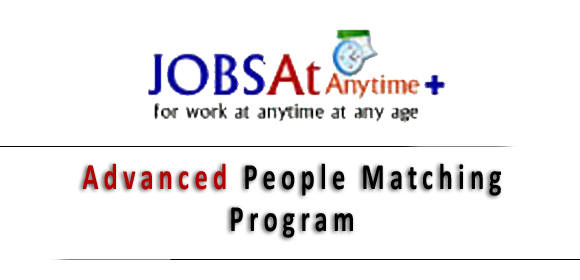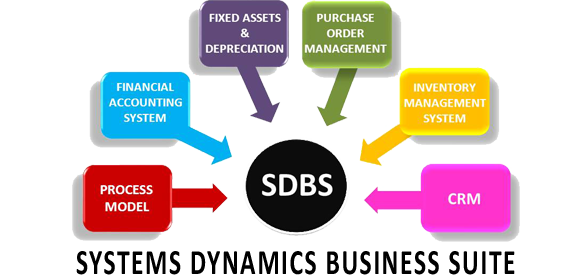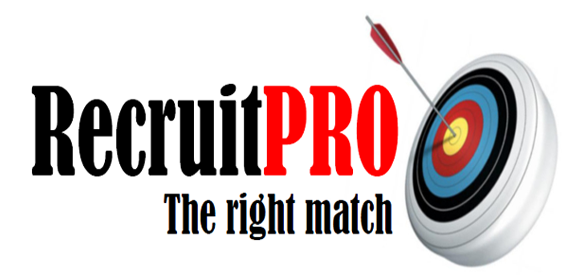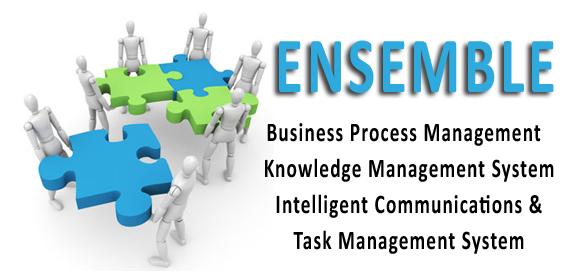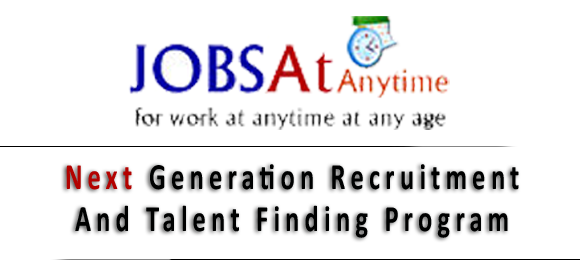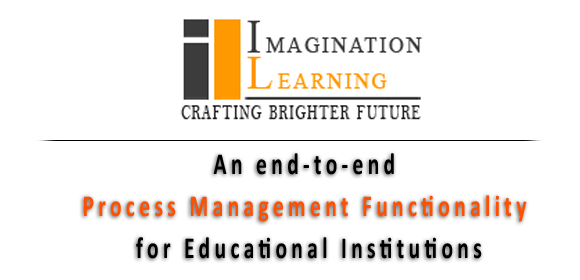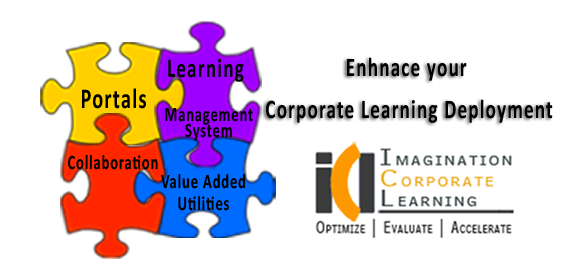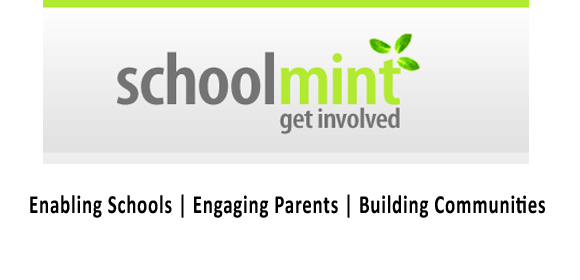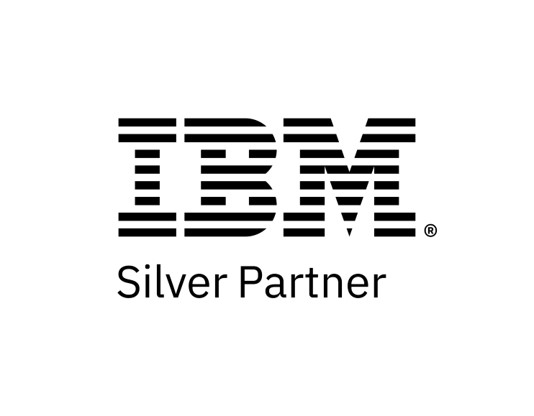- Tech Support Login
- Have an Enquiry?
Unique package:
Ensemble comprises of several components, which work in concert. These components belong to diverse disciplines – Business Modeling and Organisation Modeling + Knowledge Management System (KMS) + Intelligent Communications and Task Management System. It aims to integrate and anchor all media objects in a business model that is created and managed by the CEO/top management – coupled with this it provides an intelligent & enriched messaging system for everyone. There is no comparable tool in the market today.
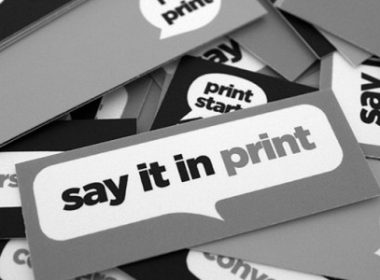
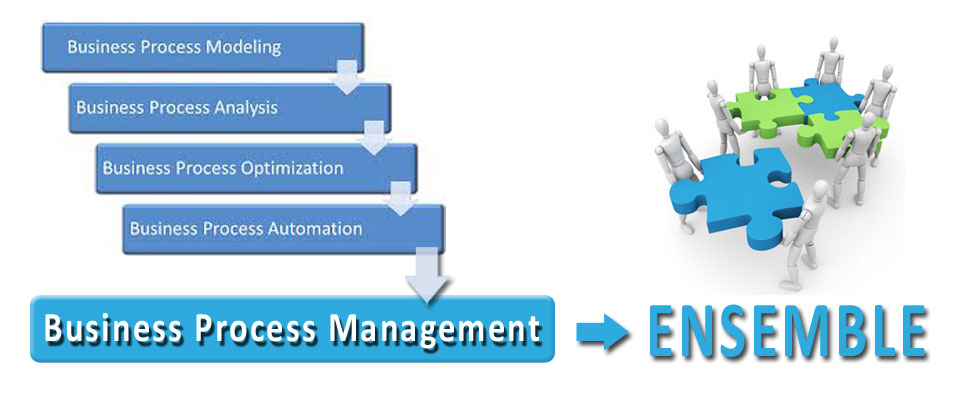
Salient features:
Business Model: Senior management can create, modify and maintain the Business model with the help of Ensemble. The first step is to define the high-level process model that depicts the purpose of the organisation and the major processes that are needed to support it. The second step is to define the logical organisation model in which the business units are named according to the “major functions” they are meant to perform (e.g. production, finance, research, market etc). The physical organisation is mapped into another physical organisation model – this helps to know about all the offices and facilities in different geographical addresses. The third step is to create an employee repository and map the employees into the organisation model. The fourth step is to create an interaction model in which all processes are assigned to employees with roles and responsibilities. The business model is thus built in several iterations and it could be done over several months and refined over even longer periods. The shareability of information in the model is controllable and it tremendously enhances the understanding of the business among the employees. The business model being a shareable resource helps to unify the views of employees regardless of their number. The power of the simple tool comes from the fact that it is easy to manage and share despite its large size – even mid-size companies with few products or services can have thousands of processes, dozens of business units and thousands of employees. The same information when maintained in word documents becomes useless within months, as has been the experience of many organisations that often engage expensive consultants to produce them – this is because of difficulties of maintenance and sharebaility.
Repositories: Virtually all objects of interest to a business are organised in structured repositories. These comprise – products, services, people and organisations (customers, suppliers, regulatory authorities, resource persons), forms (every single form is numbered for unique identification and mapped to processes it is designed to support), problems, ideas and issues. For e.g. Product specifications could include drawings or pictures in addition to text. All objects in these repositories are populated through security and authorisation.
Workflow: The routine procedures are converted to workflows by connecting processes from the process model with additional information of events that trigger a workflow, decision trees and outcomes. Each person assigned workflows can view the pending, ongoing or completed workflows.
Tasks and calendar: Users can maintain a list of personal tasks – either one time or recurring type. These are the tasks that people have to remember do besides the routine workflow tasks. Ensemble will then remind the users about all pending tasks.
Communications enriched with media assets and pointers to business objects: Users can write-memos to one or more recipients that are action oriented, unlike emails that do not elicit any action. Each user finds a dashboard that shows the messages received and the pending tasks. Sender can specify the time by which a response is expected or if the memo is just for information. Sender can even define follow up rules and write terminal remarks. The memos can have attached objects – documents, worksheets, pictures or audio or video clips. The memos can point to any number of objects in the repository. This capability together with threading of memos that point to each other gives a tremendous productivity boost. One could even use the tool to build media assets library (books, journals, news clippings, contracts, legal documents etc, can all be organised and retrieved in seconds). Memos and all attached objects are maintained in a central database with only one copy, which can be managed and backed up as per the corporate policy. Housekeeping functions and explicit command of authors can trim the database by deleting messages and attachments after a specified period. One could even write a memo that will get deleted after the recipient has read it once. All “reference memos” that point to business objects like processes, product specifications etc. could be marked permanent as they constitute the knowledge base. Over a period of time this becomes the single biggest asset of the organisation as it embodies the collective wisdom of all workers, anecdotes, the lessons learnt and as it is a common shared reference, new employees learn quickly and mistakes are not repeated.
Prerequisites
Apart from the hardware, operating system and database platform, which are the customer’s responsibility, deliverables include software, training, installation and AMC. The current version of Ensemble requires a SQL Server 2008 R2 / 2012 and clients require the run time .NET component (royalty free). Versions could be created for ODBC compliant RDBMS.
